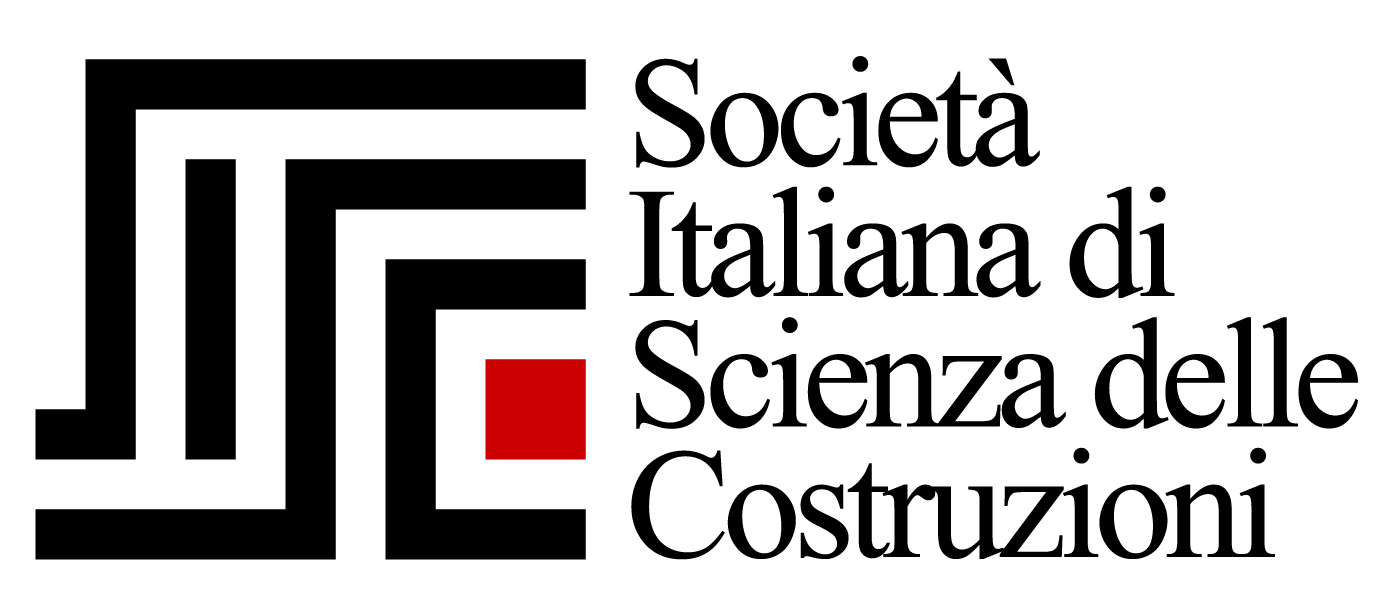In a context where the mechanical modelling of composite materials at different scales requires an increased accuracy in many engineering problems and applications, e.g., aerospace components, aircrafts, boat hulls and sails, car bodies, long span roofs, as well as electronic devices, and drones, this work offers an overview of different theoretical and numerical models developed by the author to treat heterogeneous materials and complex structures. Composite materials are well known to improve the mechanical properties as strength and stiffness, together with increased thermal properties and reduced weight. These properties can affect the mechanical behaviour of beams, plates and shells, in terms of static, dynamic, and buckling response, as well as their nonlinear fracturing phenomena occurring at different scales. Enhanced structures and composite materials feature internal length scales and a nonlocal behaviour, whose response could be analysed through parametric investigations, including the effect of the stacking sequences, ply orientations, agglomeration of nanoparticles, volume fractions of the constituents and porosity level. In such a context, a numerical campaign has been performed by the author [1-4] to deal with fiber-reinforced composites and laminates, Functionally Graded Materials (FGMs), Carbon Nanotubes (CNTs), Graphene Nanoplatelets, auxetic materials, latticed and cellular (honeycomb) materials, SMART constituents, as well as innovative and advanced classes of composites such as Variable Angle-Tow (VAT) laminates. Some examples could be represented by large stroke SMART actuators, piezoelectric sensors, shape memory alloys, magnetostrictive and electrostrictive materials, as well as auxetic components. These constituents could be included in the lamination schemes of SMART structures, for a successful control and monitoring of their vibrational behaviour and/or static deflection. Among many possible structural applications, doubly-curved shells represent the most intriguing elements, due to their unique shapes and outstanding mechanical behaviour. Nevertheless, the difficulties that can be encountered during their structural analysis are related to these aspects as well. The study of structures characterized by variable radii of curvature is still an open topic, as proven by the huge number of papers published in the last decades. To this end, many scientists and engineers developed even more refined approaches able to investigate their mechanical response in an accurate manner. Thus, a theoretical framework based on Higher-order Shear Deformation Theories (HSDTs) has been developed by the author [1,4], to handle several kinds of external forces, such as seismic actions, point and line loads, the effect of an elastic foundation and arbitrary angular velocities of structures. A theoretical closed-form solution for such complicated structural problems is usually cumbersome, such that advanced computational or numerical methods are strictly required to obtain accurate results. The Generalized Differential Quadrature (GDQ) and Generalized Integral Quadrature (GIQ) methods [1] are proposed to solve different kinds of structural problems, including the computation of natural frequencies, the transient dynamic response caused by a time-dependent loading condition, the critical rotational velocities, the through-the-thickness variation of the stress-strain profiles. The above-mentioned methods are here implemented as efficient and accurate numerical tools in DiQuMASPAB software [5] to solve the fundamental system of equations both in a strong or weak form.
Allegati:
Tornabene Sabanci University Lecture

